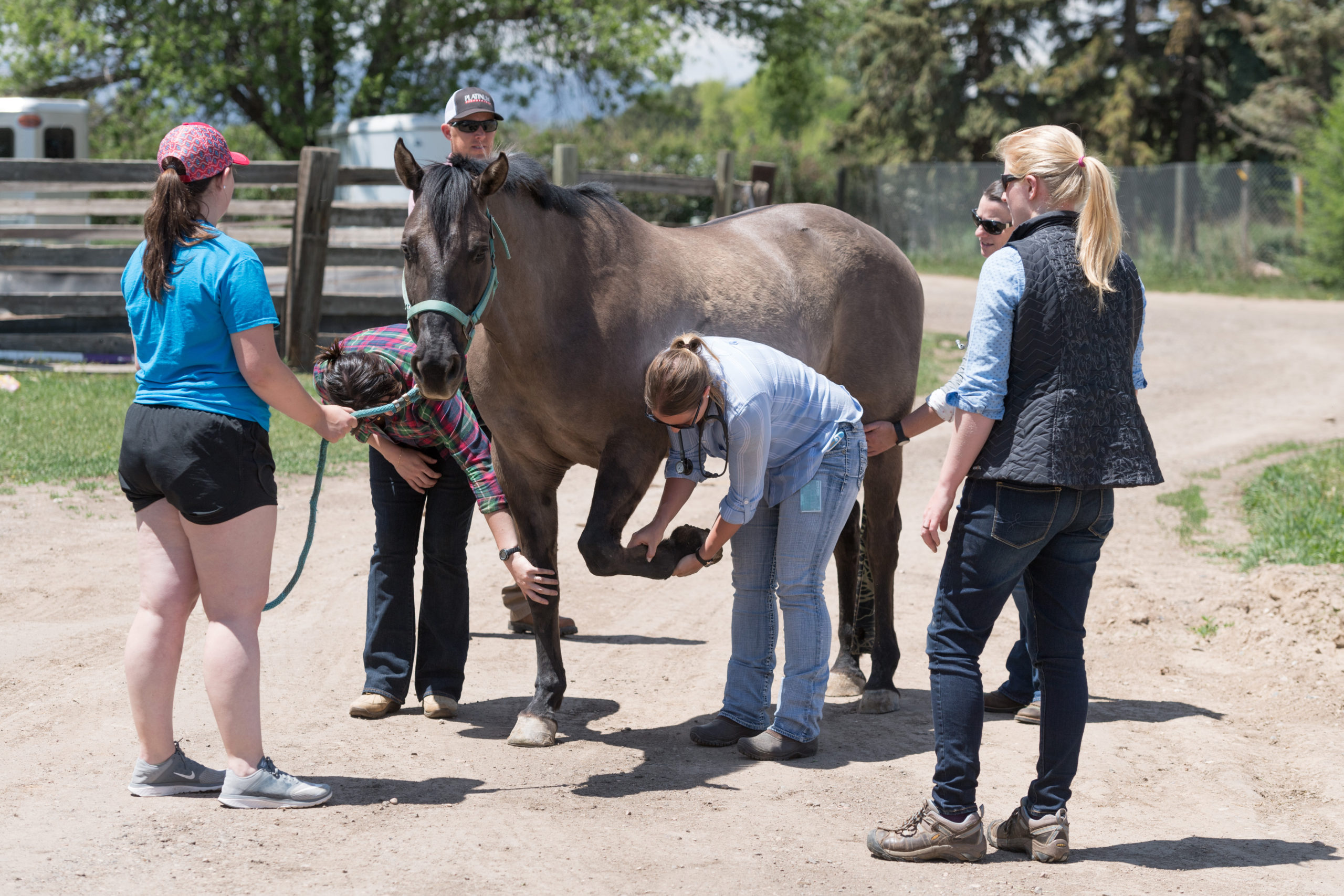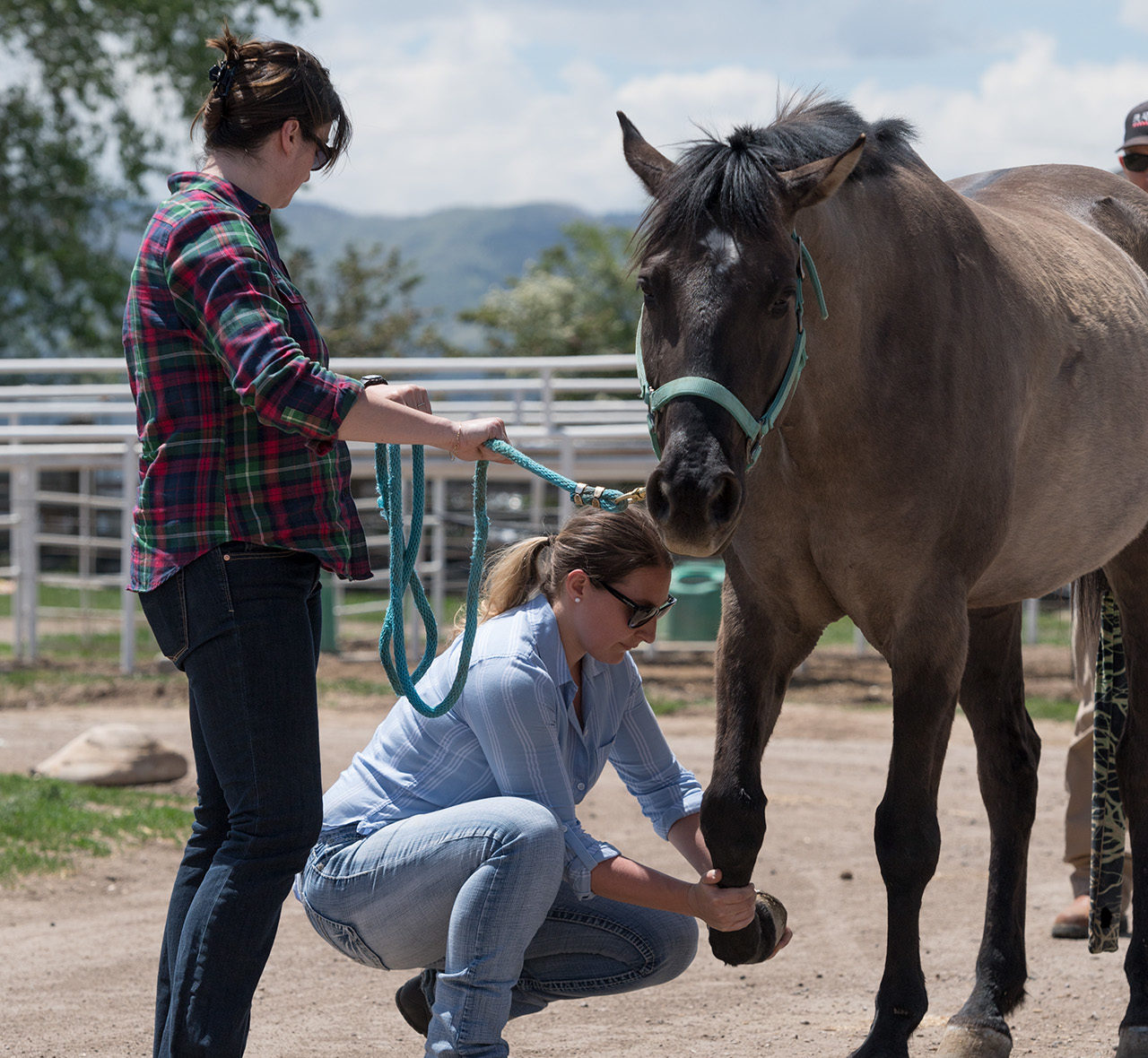Training rescued horses is both a rewarding and challenging experience. These magnificent animals often come from traumatic backgrounds, and understanding how to train them effectively can make all the difference in their recovery and future. Whether you’re a seasoned equestrian or a newcomer to the world of horses, this guide will provide you with essential training techniques that promote trust, respect, and a strong bond between you and your rescued horse.
Understanding Rescued Horses
The Background of Rescued Horses
Before diving into training techniques, it’s essential to understand the unique challenges faced by rescued horses. Many of these horses have experienced neglect, abuse, or abandonment, leading to behavioral issues and trust problems. By acknowledging their past, you can approach their training with patience and empathy.
The Importance of Trust
Building trust is the cornerstone of training rescued horses. Unlike horses that have been raised in loving environments, rescues often need time to feel safe and secure around humans. Your goal should be to create a positive and trusting relationship that sets the stage for effective training.

Preparing for Training
Create a Safe Environment
Before you begin training, ensure that your horse’s environment is safe and comfortable. A quiet area with minimal distractions is ideal for training sessions. A familiar space will help your horse feel more at ease and open to learning.
Gather the Right Equipment
Having the right equipment is crucial. Basic training gear includes a halter, lead rope, and possibly a round pen. Ensure that all your equipment is in good condition and suitable for your horse’s size and temperament.
Basic Training Techniques
1. Groundwork: Establishing Connection
Groundwork is a fundamental aspect of training rescued horses. It helps establish a connection and teaches your horse to respect your space. Start with simple exercises like leading your horse in circles, backing up, and yielding to pressure. These activities reinforce your role as a leader and help build trust.
2. Desensitization: Overcoming Fear
Many rescued horses come with fears of certain objects or situations. Desensitization is a gradual process of exposing your horse to these stimuli in a controlled manner. Use items like tarps, plastic bags, or even vehicles to help your horse learn that these things are not threats. Always go at your horse’s pace, rewarding calm behavior.
3. Positive Reinforcement: Encouraging Good Behavior
Positive reinforcement is an effective training method that involves rewarding desired behaviors. Use treats, praise, or scratches to encourage your horse when they respond correctly to commands. This technique not only helps with training but also strengthens the bond between you and your horse.
4. Lungeing: Building Confidence and Fitness
Lungeing is a great way to help your rescued horse build confidence and fitness. It allows them to move freely while you maintain control from the center of a circle. Start slowly, allowing your horse to get comfortable with the lunge line and your commands. Gradually increase the pace and duration of the sessions as your horse becomes more confident.
5. Trailering: Preparing for Transportation
Getting your rescued horse comfortable with trailering is essential for future transportation. Start by allowing your horse to explore the trailer without any pressure. Gradually introduce them to entering the trailer, using treats and positive reinforcement. Always ensure the trailer is a safe space for them.
6. Riding Basics: Starting Slow
Once your horse is comfortable with groundwork, you can start introducing riding. Begin with short sessions and basic commands, focusing on establishing a connection while mounted. Use a calm and gentle approach, gradually building up to more advanced riding techniques as your horse becomes more comfortable.
7. Socialization: Group Training Sessions
Rescued horses can benefit from socialization with other horses. Introducing them to a small group can help them learn social cues and build confidence. Monitor their interactions to ensure they are positive and safe.

Common Challenges in Training Rescued Horses
1. Behavioral Issues
Many rescued horses exhibit behavioral issues stemming from their past experiences. Issues like biting, kicking, or bolting can arise. Address these behaviors with patience and consistent training, focusing on positive reinforcement.
2. Fear of Humans
A common challenge is fear of humans, especially if the horse has been abused. Take your time to build trust. Avoid rushing into training and allow the horse to come to you when they are ready.
3. Lack of Basic Training
Rescued horses may lack basic training skills. Start with the fundamentals, like leading, stopping, and backing up. Gradually introduce new concepts as they master the basics.
Training Tips for Success
1. Be Patient
Patience is key when training rescued horses. Every horse learns at its own pace, and rushing the process can lead to setbacks. Celebrate small victories along the way to keep you and your horse motivated.
2. Use Consistent Commands
Consistency in commands and cues helps your horse understand what you expect. Use the same words and signals for specific actions to avoid confusion.
3. Keep Sessions Short
Short, focused training sessions are more effective than long, exhausting ones. Aim for 15 to 30 minutes, depending on your horse’s attention span and comfort level. You can always return for another session later in the day.
4. Incorporate Play
Make training enjoyable by incorporating play. Horses love to play, and combining play with training can strengthen your bond and make learning fun.

The Role of Professional Trainers
When to Seek Help
If you’re struggling with specific issues or feel overwhelmed, seeking help from a professional trainer can be beneficial. Look for trainers who specialize in rescue horses and have experience with behavioral issues.
Building a Team
Consider creating a team of professionals to support your horse’s training. This may include a vet, farrier, and trainer. A collaborative approach ensures that your horse receives comprehensive care.
Conclusion
Training rescued horses requires dedication, empathy, and the right techniques. By focusing on trust, patience, and positive reinforcement, you can help these magnificent animals heal and thrive. Remember, every step forward is a victory, no matter how small. With time and effort, you can transform a rescued horse into a loving companion.
FAQs
1. How long does it take to train a rescued horse?
The training timeline varies depending on the horse’s background and temperament. Some may progress quickly, while others may need months to adjust.
2. Can all rescued horses be trained?
Yes, most rescued horses can be trained with the right techniques and patience. However, some may require more time due to past trauma.
3. What if my horse is fearful of humans?
Take your time to build trust. Use desensitization techniques and positive reinforcement to help your horse feel safe around you.
4. Should I train my horse myself or hire a professional?
It depends on your experience and comfort level. If you’re unsure, consider seeking guidance from a professional trainer, especially for behavioral issues.
5. How often should I train my rescued horse?
Aim for short training sessions several times a week. Consistency is more important than the length of each session.
6. What if my horse exhibits aggressive behavior?
Address aggressive behavior with caution. Consult a professional trainer or equine behaviorist for help.
7. Can I train a rescued horse for riding?
Yes, but ensure your horse is ready for riding after mastering groundwork and building trust. Start slowly and be mindful of their comfort level.

